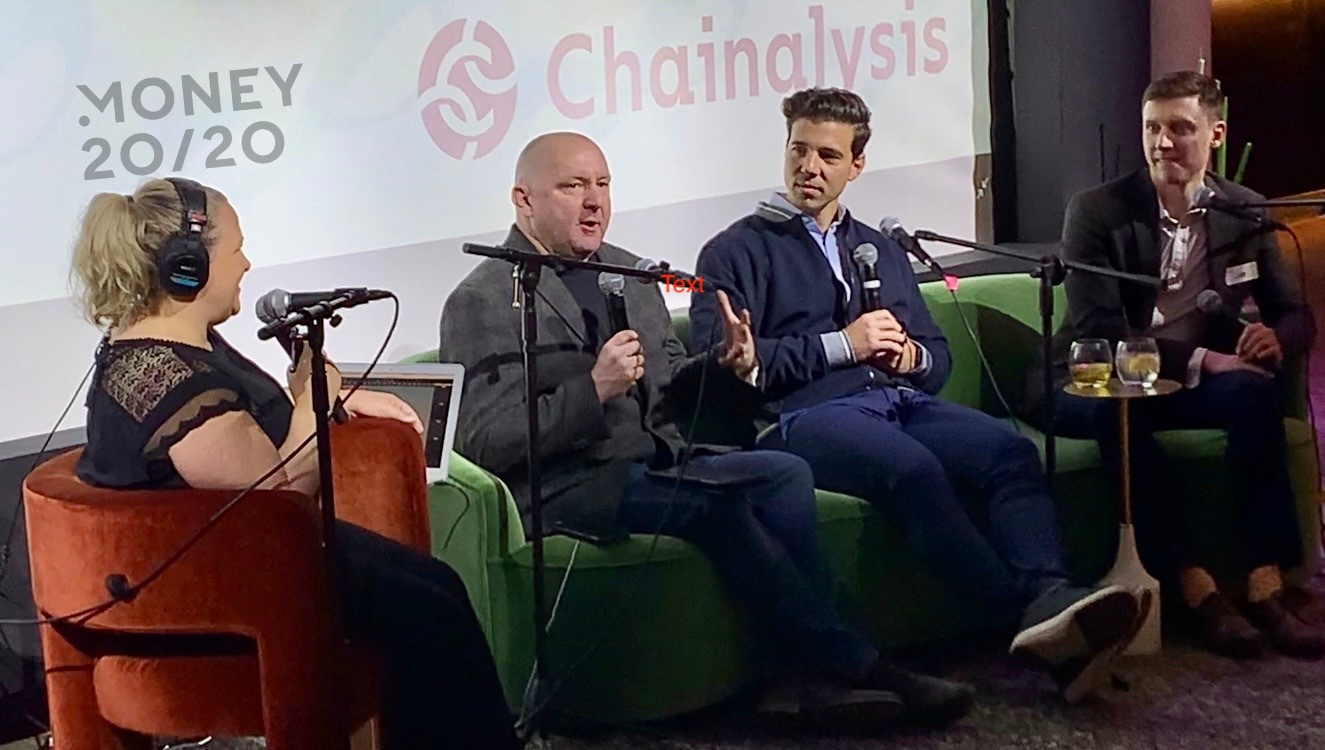The Normalization of Crypto
April 1, 2022 | Nick Holland
Based on a couple of recent interviews we have conducted for Money20/20’s “The MoneyPot” podcast, it seems that the dark days of crypto may well be in the rear view mirror.
The first was with PayPal’s Edwin Aoki, CTO of PayPal’s Blockchain, Crypto and Digital Currencies (BCDC) BCDC unit, and May Zabaneh, VP of Product for BCDC where we discussed what was required to make cryptocurrencies more accessible in the real world as an actual currency. Particularly with COVID19 as an accelerant for digital adoption, crypto fits within a broader ecosystem of products and services that consumers are becoming accustomed to.
Aoki stated that, “We've see that the digitization of money has moved from being a nice to have convenience to a real necessity… commerce payments and financial services in the digital realm are really at a critical point in its evolution, and cryptocurrencies and digital currencies more broadly, are a key part of that.”
Last week, Money20/20’s Nick Holland and Rachel Morrisey recorded a live podcast episode in New York City with Jeff Billingham, VP of Capital Markets with Chainalysis and Nathan Bekerman, Strategic Partnership lead for the Crypto team at Cross River to discuss the future of payments, cryptocurrencies, and how Web3 technologies are re-engineering the industry. Listen here now.

The reason for the discussion was that the companies recently announced a partnership – in a March 23 press release they outline the motivation; “Chainalysis’ technology wrapped into Cross River's core infrastructure will enable crypto companies to build and scale, while knowing that regulatory expertise and compliance are already built in.”
This was the crux of our in-person conversation – how cryptocurrencies and Web3 technology can provide greater efficiencies and accessibility to crypto products and services, while ensuring the requisite regulatory needs are met. In short, what it's going to take to get the next billion users?
Beckerman expects that the next 18 months will create more users of crypto. These may have fintech apps in front and are using crypto on the back end – consumers won’t necessarily even know that they are using web3 technology. He pointed out that ownership of assets, payments, transactions, security – are all web3 related benefits that will enable us to “live, eat and breathe it in our everyday lives.”
There are also some matters that will need to be addressed however, according to Billingham, notably the meaning of “custody” when it comes to cryptocurrencies for traditional financial services providers. Financial institutions will have to come to terms with what it means to move and transmit crypto assets which are very different from legacy fiat money transfers. He also highlighted that there will be a need for new insurance services for the bridges between traditional and crypto.
Having a lens on the evolution of crypto since the beginning of Money20/20 a decade ago has allowed a fascinating window on how the industry has moved from science projects, to digital assets, to today’s redesigning of the fabric of the internet, the topic of a soon to be released Money20/20 report on Web3. Whether companies synonymous with P2P transfers, payment card networks, or community banks, offering crypto related services seems to be transitioning from the exotic to table stakes as part of the overall portfolio of offerings.
Crypto has never looked more normal.
